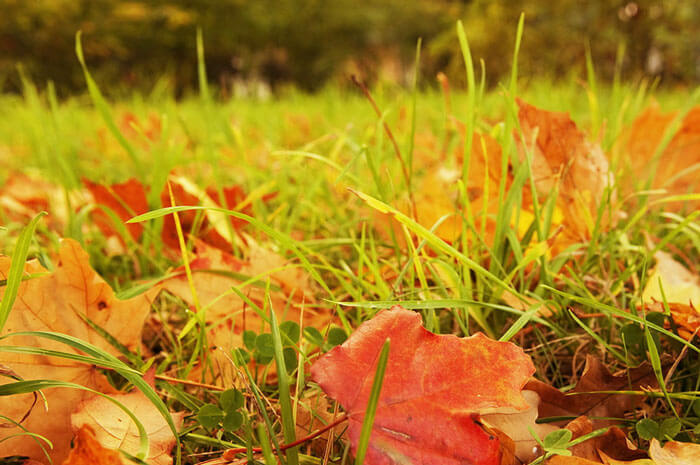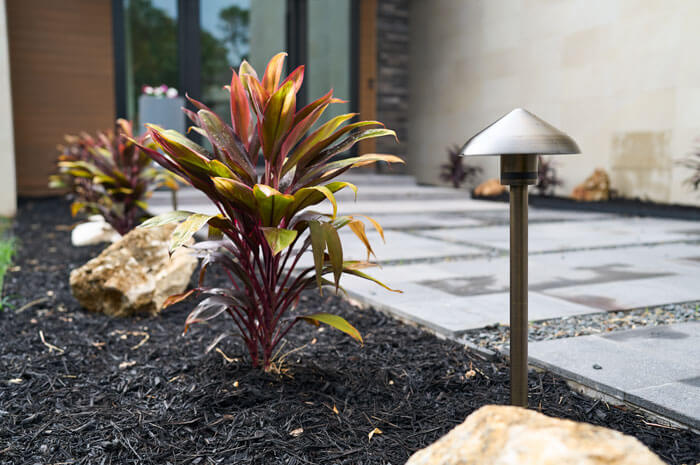
If your lawn is looking like a tough do-it-yourself project after the stresses of summer and heavy foot traffic, there’s good news — fall is the perfect time to start a new lawn care schedule to improve your outdoor spaces.
By following this fall lawn care schedule and guide, you can go into winter feeling better about your lawn before starting anew next spring. Treatment stages are split into early and late fall, making it easy to prioritize lawn care steps.
To get started, you likely don’t need tons of tools or lawn care equipment, though having the basic yard tools can help.
Early Fall Lawn Care Schedule
After Labor Day, you’ll want to tackle the following before your leaves start to fall:
- Bare spots
- Thin patches of grass
- Dead areas in your lawn
If you have warm-season grass, you’ll want to start these tasks while temperatures are higher. For those with cool-season grass, it’s best to hold off until when the weather begins cooling.
In small spaces, start by loosening the soil, either by hand or using a garden rake, and remove any dead grass or thatch. The next step is to sprinkle grass seed and lightly rake the seed into the loose soil to ensure good seed-to-soil contact. Next, you can add either a rich compost to create a growing bed or an appropriate application of fertilizer. Be sure to apply water at the recommended intervals to help the grass seeds take root.
Each brand of fertilizer has different recommendations, so read and follow the instructions printed on the bag before applying.
Early fall can also be a great time to care for those more troublesome weeds, like creeping Charlie, a perennial weed which spreads via seed and creeping stems. If you have annual weeds in your lawn, you can ignore treating those because, unlike perennial weeds, most annuals will die off during the winter months.
Depending on climate conditions where you live, you’ll want to do the following lawn care treatments around mid-fall, give or take a couple weeks based on your weather and circumstances:
- Aerate your lawn
- Overseed your lawn
By aerating your lawn and loosening the soil, you can better prepare the grass for a healthy life cycle going into the next year. Seeding is also important during this time, as the fall burst of growth in cool-season grass is some of the most natural and easy to take care of.
Although you may be tempted to fertilize and mow at this time, it’s important to give your new fledgling grass a chance to take root before winter arrives. Stay away from the fertilizer altogether, and focus instead on things like edging and trimming.
Late Fall Lawn Care Schedule
Late fall is when you want to:
- Clear debris and leaves from your lawn
- Mulch your lawn
As the weather continues to cool, you’re going to start seeing a lot of debris and leaves falling from nearby trees and bushes. Your main job now is to keep that debris from covering your lawn and preventing sun and water from getting to the grass and roots.
A mulching mower, or a Toro mulching attachment for a zero turn mower, will go a long way in breaking up the leaves and organic matter without damaging the grass below. This mulch is also a great way to put nutrients into the soil without introducing fertilizers, so take advantage of as much (or as little) of it as you want.
Hard Work Pays Off
A little bit of fall lawn care now can make a major difference next spring. Way to put in the work to set your lawn up for success the following year! Interested in more lawn care resources? Toro YardCare has you covered with more articles, videos and loads of expertise!



